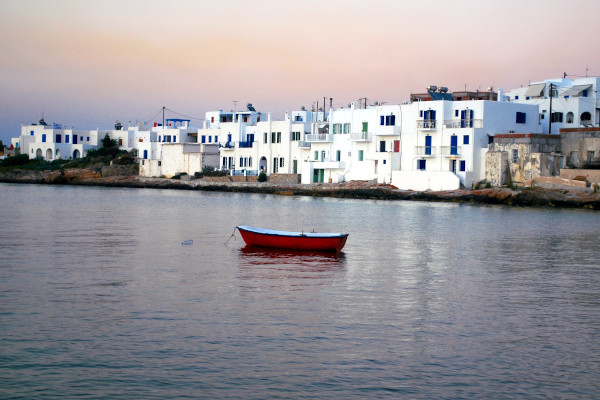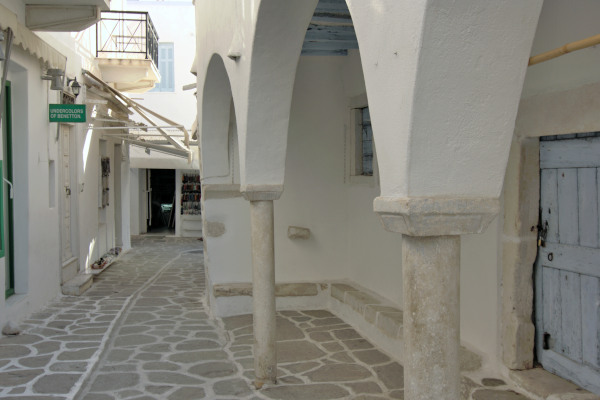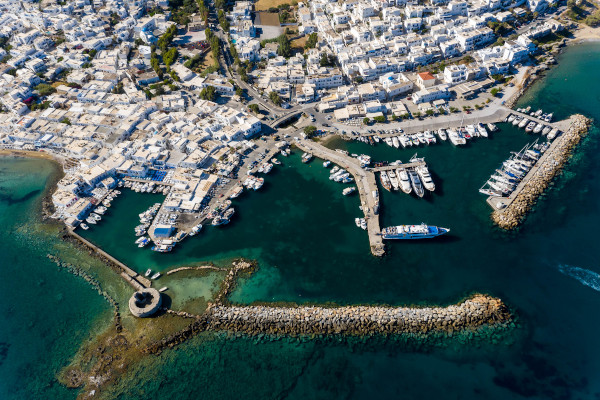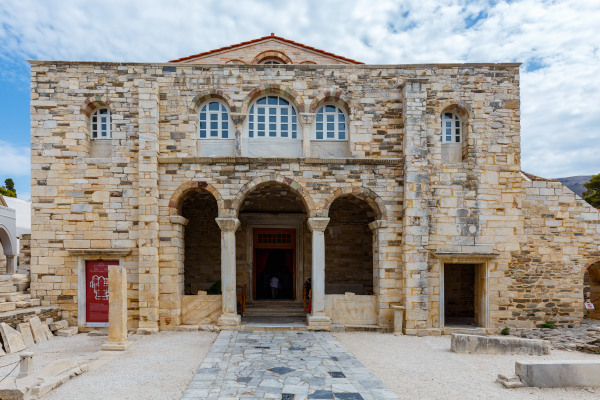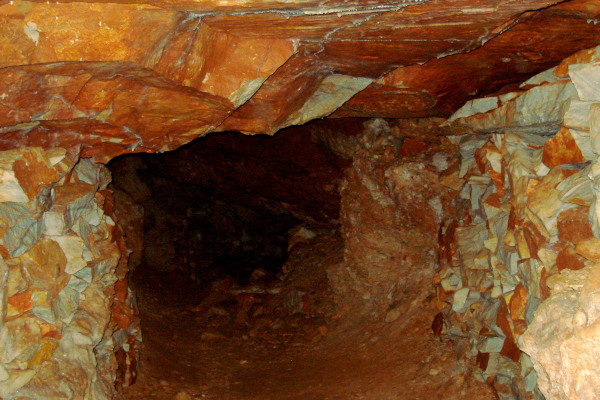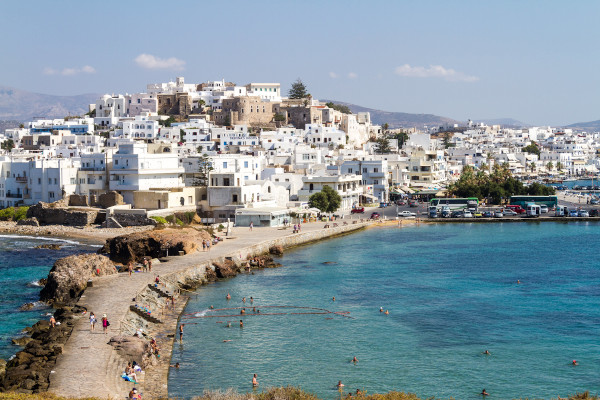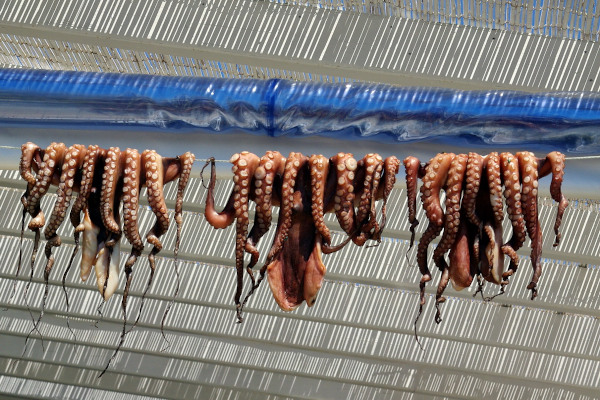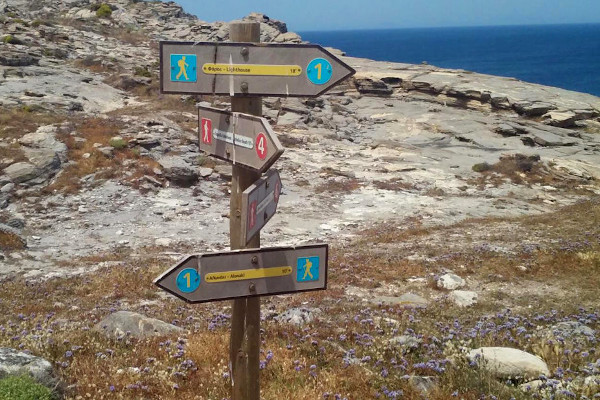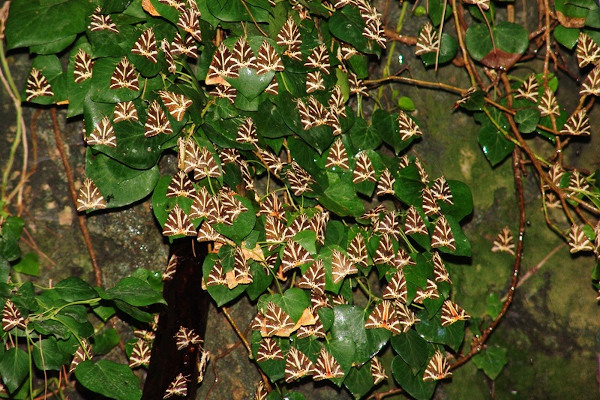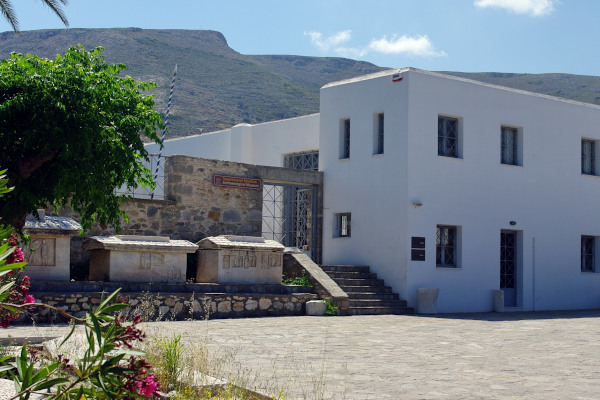Paros Beaches
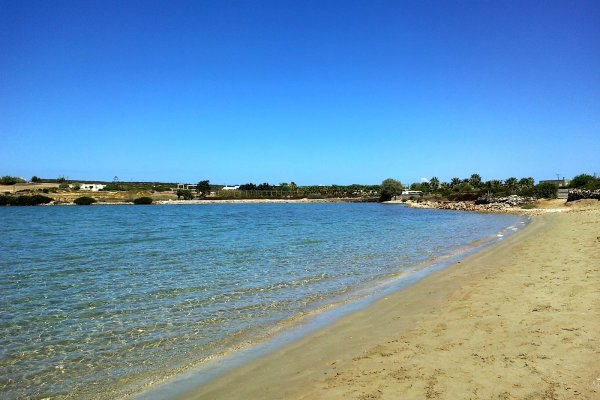
Lageri Beach
No beach bar around here. Partly nudist and apparently favorite of gay people, Lageri beach is a calm place.
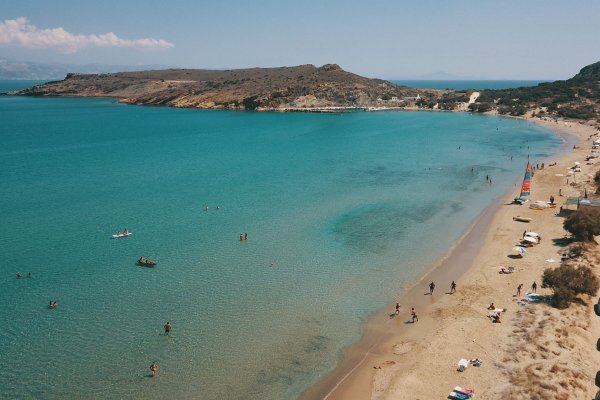
Kalogeros Beach
No beach bars here. Just sand, sea, and sun. And clay. Some people use it as face mask, and kids build better sand castles.
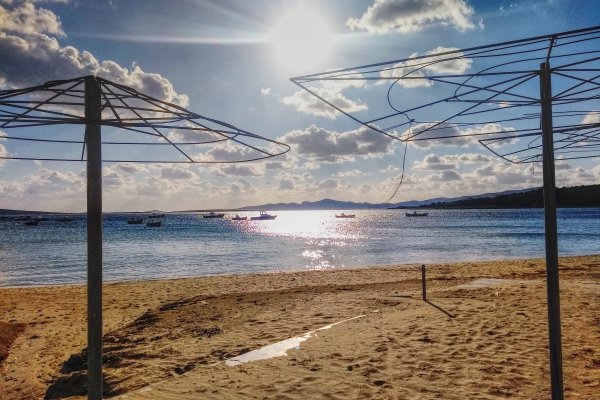
Agios Nikolaos Beach
AlikiFamilies' favorite thanks to calm and shallow waters, a playground and basketball courts. No bars. Bonus: walking distance from Aliki.

Chrisi Akti (Golden) Beach
The Golden Coast is a long sandy beach with plenty of space even in high season. Lay down under your own umbrella or at the beach bars.
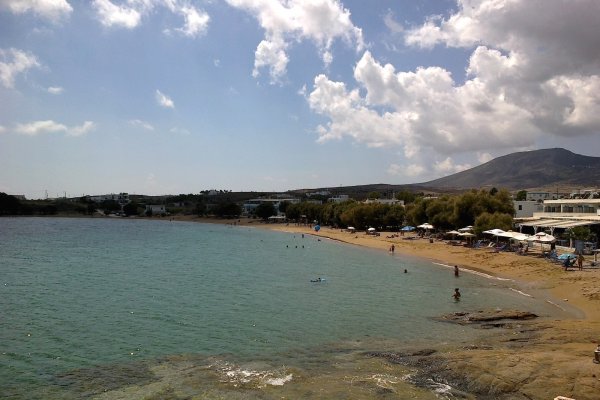
Logaras Beach
Piso LivadiLogaras beach is for chilling and reading a book. It's the waterfront of a settlement with rooms, restaurants, and other amenities. Perfect for families.
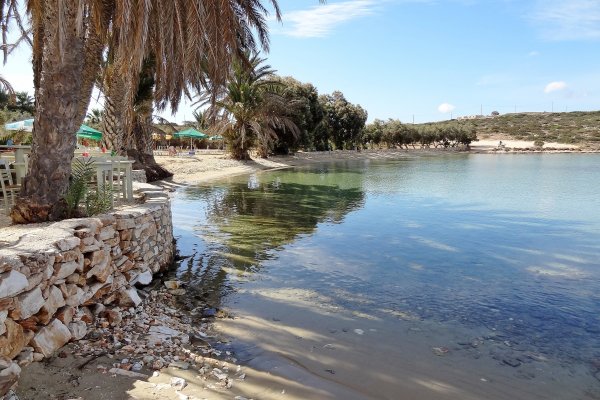
Agia Irini Beach
SarakinikoSanta Irene has a tropical look and feel. A beach restaurant provides complimentary loungers with your order. Shallow and calm waters - ideal for families.

Krios Beach
Krios beach is opposite the city of Paros. Large, fine-grained, convenient, and inexpensive. It can get cramped during the high season.
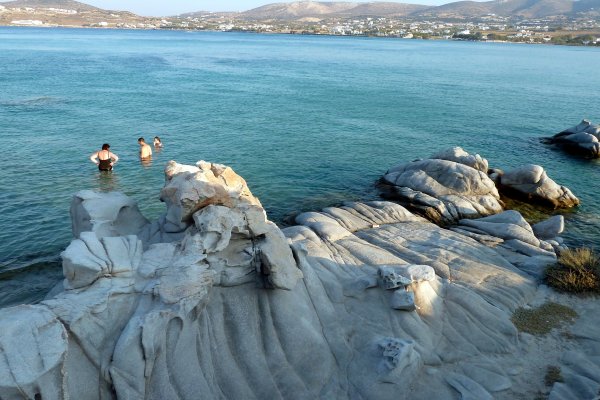
Kolymbithres Beach
Naousathe somewhat unusual rock formations have made Kolymbithres famous. Then it started getting cramped. Early morning you enjoy it uncongested.
